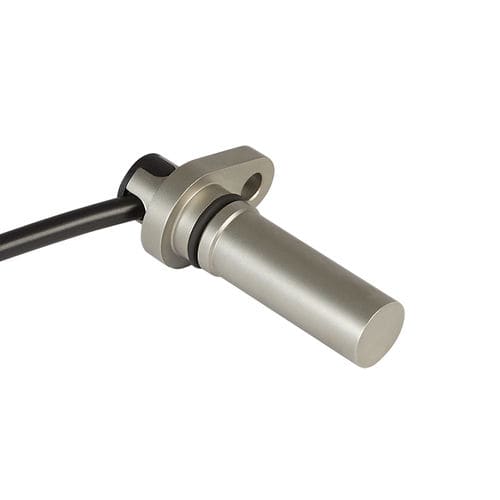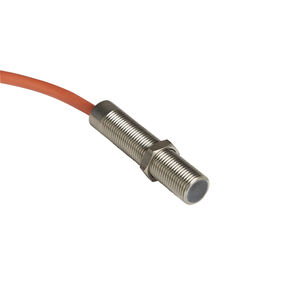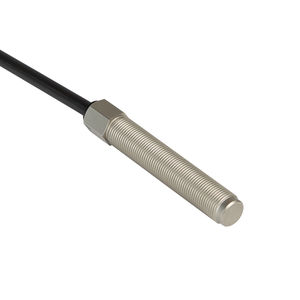
- Products
- Catalogs
- News & Trends
- Exhibitions
Rotational speed sensor Hall effectanalog outputnon-contact



Add to favorites
Compare this product
Characteristics
- Type of movement
- rotational
- Technology
- Hall effect
- Other characteristics
- non-contact, differential, analog output, for engines, for railway applications, turbine, IP67
- Frequency
Min.: 0 Hz
Max.: 30,000 Hz
- Temperature range
Min.: -40 °C
(-40 °F)Max.: 150 °C
(302 °F)
Description
Hall effect speed sensors detect the rotary motion of any ferrous object with cracks or projections, typically gears and tone wheels. They incorporate a back-polarised Hall effect chip which detects the variation in the magnetic field according to the full/empty position of the wheel and provides a digital frequency signal at the output.
In the dual output versions, by reading the two signals A and B, it is possible to determine clockwise or anti-clockwise rotation: in particular, the direction of rotation can be determined from the advance or lag phase between two square-wave signals or from a switching signal. Flanged speed sensors have the advantage of being easy and quick to install, without the need to adjust the position.
SUITABLE FOR
agricultural machinery, earth moving machinery, load lifting vehicles, axles and transmissions, vehicles for moving loads, special purpose industrial vehicles, industrial sector, electric motors, railway sector.
FEATURES
Supply voltage: 5 V; 10-30 V
Output: single / double;
Output types (programmable): voltage (NPN, PNP, PUSH-PULL) or current analog signal; CAN BUS (SAE J1939)
Fixing: flanged body
Cable and connector: customizable
Operating principle: Hall effect (contactless)
Protection degree: IP67
Catalogs
No catalogs are available for this product.
See all of ELEN Srl‘s catalogs*Prices are pre-tax. They exclude delivery charges and customs duties and do not include additional charges for installation or activation options. Prices are indicative only and may vary by country, with changes to the cost of raw materials and exchange rates.




